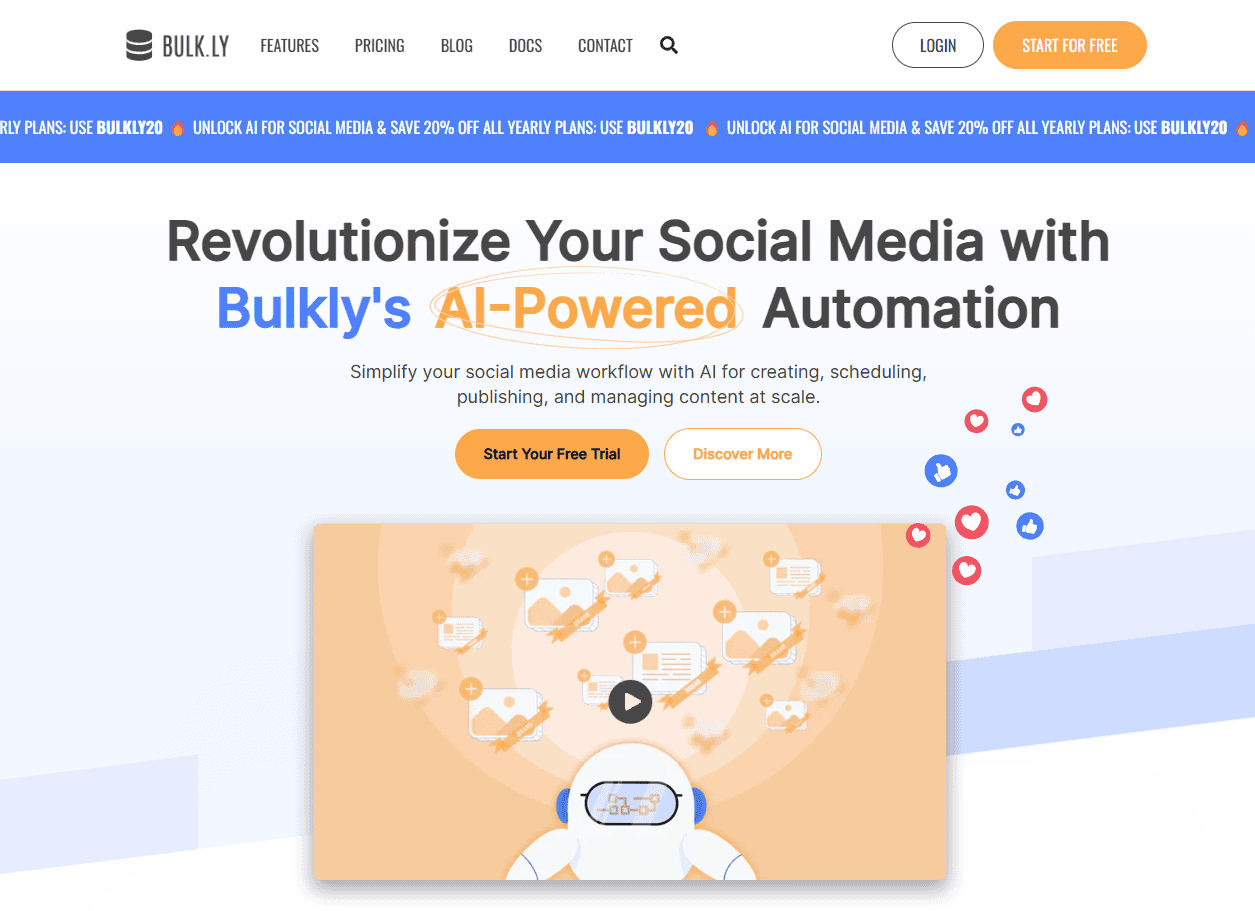Advertising through social media has become one of the primary forms of digital marketing around the world. This is due to major social media platforms like Facebook, Instagram, LinkedIn and TikTok which have billions of users. Businesses are now using these tools to reach specific groups or niches. However, success is not simply defined by running ads; it has to do with how much return on investment (ROI) is achieved. Let’s examine what social media advertising ROI is, why it is important, and how better results can be achieved.
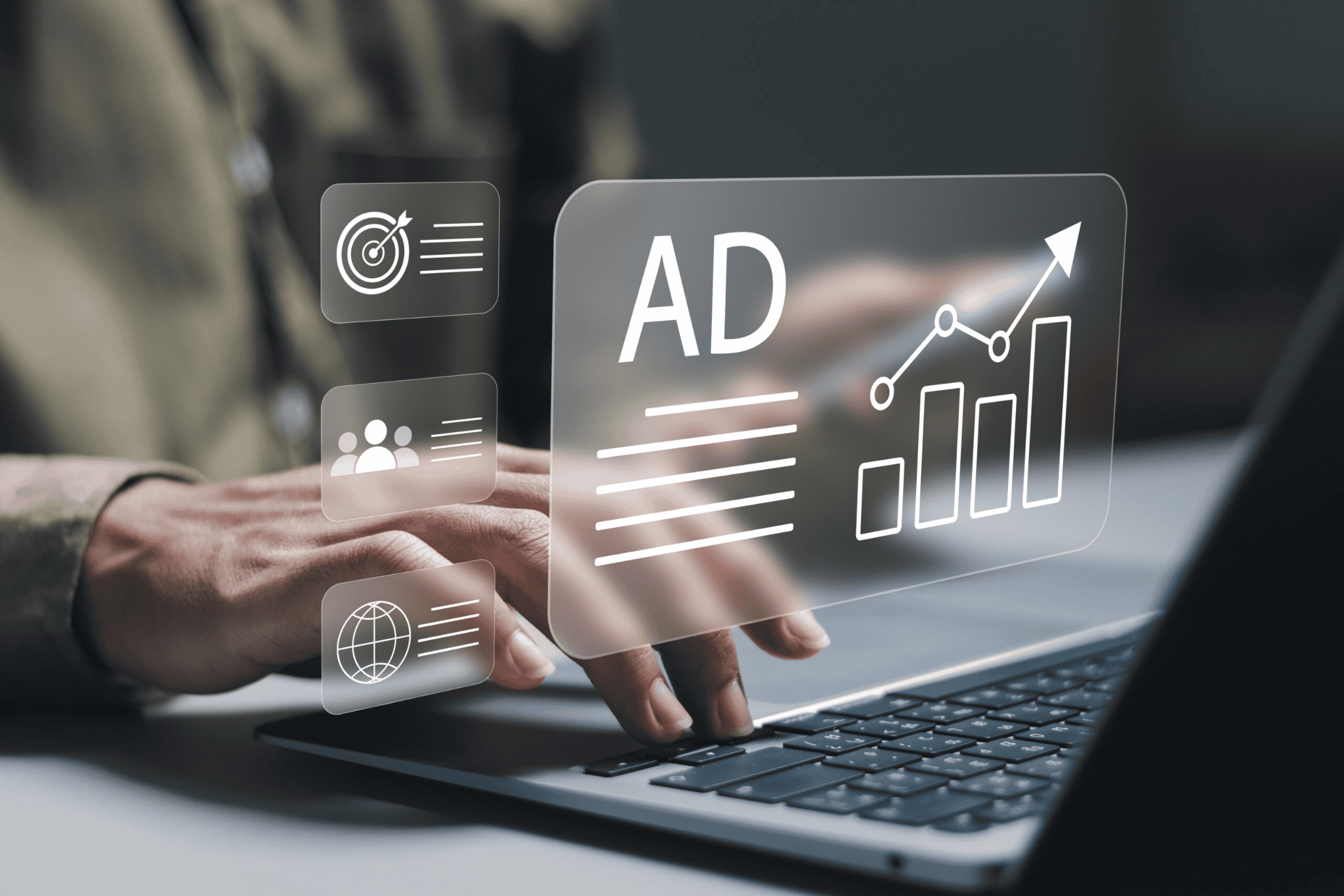
What Is ROI on Social Media Advertising?
ROI on advertising through social media takes into account the expenditure of advertising campaigns in perspective to the expected profits. In layman’s terms, it is the money you make after running advertisements on Facebook, Instagram, Twitter, or LinkedIn. This helps in assessing whether social resources are making profits or losing them.
ROI is typically calculated using this formula:
ROI (%) = (Net Profit / Total Advertising Cost) x 100
For instance, if you spend $1,000 on a social media ad campaign and generate $3,000 in revenue, your ROI would be:
ROI = (($3,000 – $1,000) / $1,000) x 100 = 200%
A positive ROI signifies that your campaigns are profitable, while a negative ROI indicates losses.
Why Is Measuring Social Media Advertising ROI So Important?
ROI within the context of social media ads should never be regarded just as a figure, but rather as a barometer of the different measures. Here’s why it matters:
- Policy Decisions: Measurement of ROI enables a marketer to allocate funds to the best performing campaigns and avenues.
- Justifying Ad Spend: ROI serves as proof of the value of advertisement dollars spent, thereby aiding in justifying the budget with other stakeholders.
- Transformative Actions: It highlights what is working and what is not, allowing for more decisive actions.
- Market Leaders: Those organizations that measure and optimize ROI have a clear advantage over competitors in the digital economy.
Without measuring ROI, one is, to put it bluntly, empathetically lost in the fog and cannot quantify the real value of his or her campaigns.

How to Measure Your Social Media Advertising ROI
Calculating ROI can be perceived as a burden, frustrating task, but when approached correctly, it can be pretty straightforward. Take these steps to eliminate variances:
Clear Goal Setting
Anytime campaigns are run, objective indicators of perspective need to be specified pre campaign. Is it brand awareness, lead generation, traffic to the site, or sales? Identifying acceptable outcomes facilitates alignment between the expected behavior with the metrics used.
Monitor Key Performance Indicators (KPIs)
Effective ROI measurement and KPIs that help advance your project are in direct correlation to one another, so keep track of what is important. The following are examples of KPIs:
- Click-through rates (CTR)
- Conversion rates
- Cost per acquisition (CPA)
- Engagement rates
- Revenue generated
Use Analytics Tools
Use sophisticated applications such as Google Analytics, Facebook Ads Manger, and even other external companies to analyze performance. These tools outline useful features such as the number of impressions, which includes clicks, conversions and revenue. For businesses looking to enhance their lead generation and engagement strategies, webinar software platforms can be a game-changer, offering interactive and measurable ways to connect with audiences. Those webinars can easily be promoted on social media as well.
Calculate Ad Costs
When calculating your total ROI, keep in mind all expenses incurred throughout the campaign to ensure accuracy with the number of users, ad spend, creative production, and management fees.
Track Revenue Attribution
Employ UTM parameters, pixels, and tracking links to trace the revenue to particular ad campaigns. This clears potential confusions while providing the ability to get straight to the point, and guarantees accuracy.
How Can You Improve Your Social Media’s ROI?
Blending creativity, strategy, and marketing analysis will strengthen your advertising social media ROI. The tips below are geared towards enhancing the level achieved.
Refine Your Target Audience
The more precise your target is set up, the higher your odds of getting the leads to buy your product. Construct the profile of your audience on each platform using their demographics, interest patterns, behaviours and past purchases.
Optimize Ad Creative
Knowing who your audience is allows you to adjust to their preferences. Use engaging visuals, straightforward yet impactful messages, and strong call-to-actions.
Focus Group Ads Testing
Try out retargeting carousel, video, and story ads formats. Prioritize the ads that give you the best returns.
Remarketing Campaigns
These campaigns focus on users who have interacted with your ads but have yet to convert. Targeting warm leads often yields a better ROI.
Data Feed Optimization
Capture campaign performance indicators. Look for low-yielding ads and review their strategies while reallocating funds towards focused campaigns.
Want to Improve Your Social Media Advertising ROI?
It is possible to achieve a better ROI from social media, but it is a gradual process. Data-driven strategies, identification of the audience, and refining ad strategies can yield remarkable results. Are you ready for social media advertising?
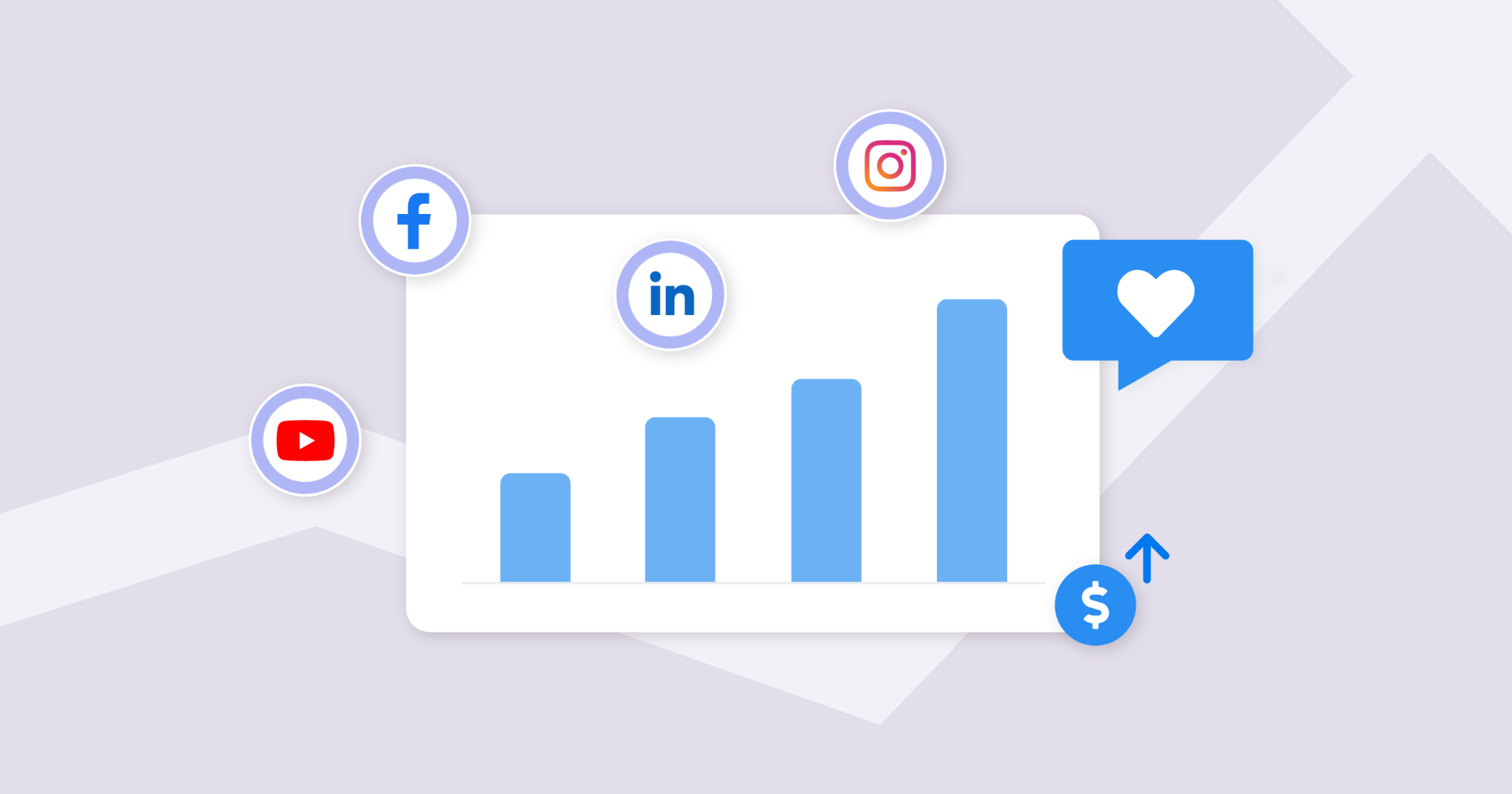
5 Easy Ways To Improve ROI With Social Media Marketing
Setting ROI targets for social media campaigns needs no special framework. These 5 tips will maximize your returns on the campaigns.
Create Relevant Ads For Social Media
The first thing that grabs the attention of the audience is the ad creatives which is why you need to put genuine care into it. Attention-grabbing CTAs, persuasive copies, and appealing visuals all contribute towards increasing click-rates and can aid in making the campaign a lot more successful. Do not forget to incorporate platform-specific guidelines, design videos and GIFs, and carousels to more dynamically advertise your products.
Another way to engage users is through dynamic ads that customize content towards different users for their unique preferences. An example can be an e-commerce brand using these dynamic ads to display previously viewed products to the user.
Engage With Customers Using Social Media Marketing Tools
One effective way to increase your engagement with your audience is through social media marketing which is designed to increase efficiency and productivity. Tools such as Sprout Social and Hootsuite can help with analyzing performance, managing campaigns, and post scheduling from a single streamlined dashboard. For managing ads, AdEspresso and SEMrush are optimized for these tasks.
The tools are not simply designed to save you time but also offer data based insights to further refine your campaigns and offer strategies that would maximize profit margins. Features such as A/B testing make it easier to refine which approaches work for your business.
Focus on Engaging With Your Customers
It remains unquestionable that social media depends uniquely on how a brand engages with its audience and which helps your brand gain loyalty and support which ultimately aids in conversion. Build a deeper connection with your followers by responding to their comments, addressing their questions, and engaging in discussions. Additionally, you can display Facebook posts on your website to showcase real-time engagement and strengthen the bond with your audience. This not only highlights your active presence but also encourages further interaction and trust.
There are many ways to increase brand engagement with potential and existing customers and this includes hosting Q&As, posting screenshots of customer comments, and putting up polls. Always keep in mind that engagement helps build brand loyalty which increases chances of making sales.
Make Use of Influencer Marketing
Social media influencer marketing is a big thing now because it has proven to deliver maximum returns on investment. It’s now more efficient to get your message out there by working with influencers who promote the values of your business.
In fact, Micro-influencers typically perform better with ROI than larger influencers because they have smaller but more engaged followers. Their authentic recommendations are often much more persuasive.
Track, Analyze and Optimize Performance
Monitoring and optimizing strategies is the core aspect of running a successful advertising campaign. Make use of the analytics to keep track of how your campaigns are performing and look for patterns or trends to pinpoint areas that require adjustments.
If you find that you receive more engagement from video ads than from the still ones, plan to spend more of your advertising budget on video content. This process is a continuous one and not a one-time task.
The Top 5 Social Media Marketing Tools
These days, using social media in marketing requires the assistance of some really good tools to improve workflows and engagement as well as increase ROI. Here are five social media marketing tools that consultants should be familiar with and look to adopt in their strategies:
1. Bulkly
Bulkly leverages AI to create social media updates at scale, making it easy to manage social media accounts for solopreneurs to agencies with multiple clients. Additional benefits of Bulkly are the ability to use CSV files to upload hundreds of posts, use RSS feeds to create updates and assigning prompts to workspaces to keep your messages on brand.
2. Hootsuite
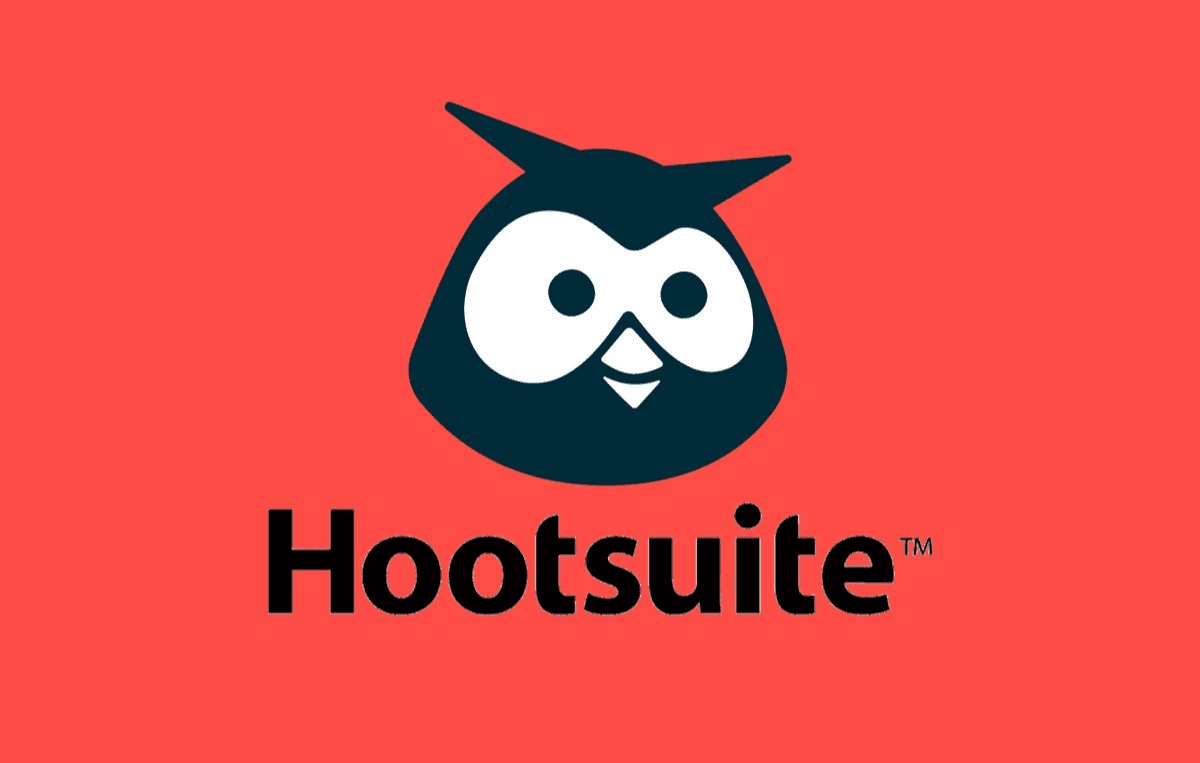
Hootsuite is a complete tool for social media management that enables businesses to automate the scheduling, monitoring, and analysis of social media posts across several platforms. Other advanced features such as social listening and team collaboration tools ensure it is the leading marketing management tool for small to large campaigns.
3. Buffer
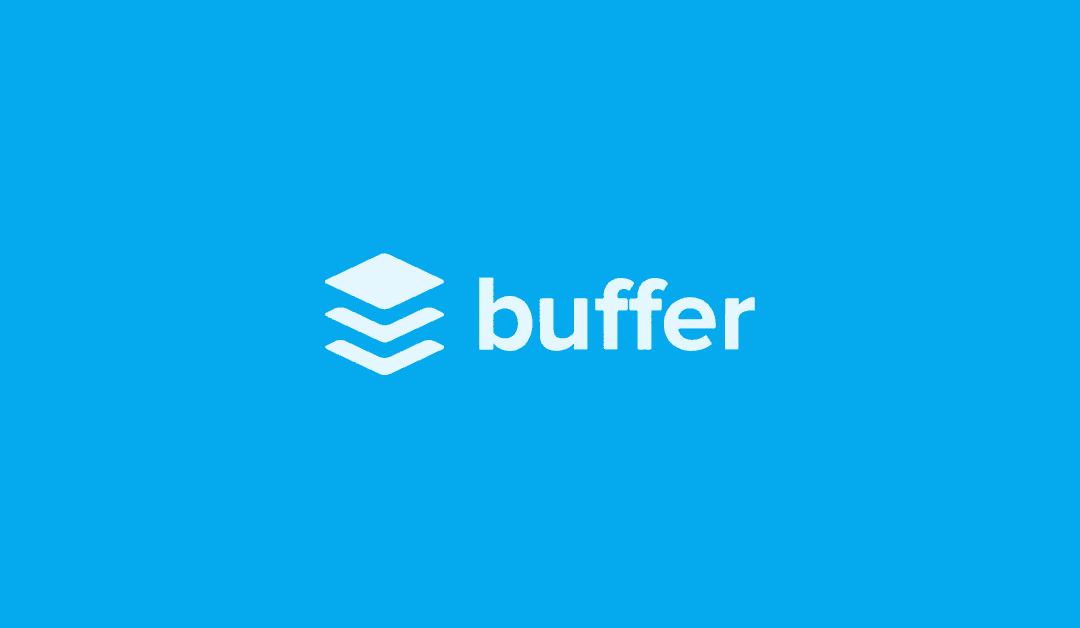
Buffer is a solid, simple to use, perfect for scheduling posts and monitoring performance on all social platforms. Its affordability along with ease of use makes it very popular among small businesses and new organizations.
4. Sprout Social

Sprout Social is well known for its listening capabilities and analytics. This is a social media marketing tool for businesses that is most keen on the insights of their audience as well as engagements helping them fine-tune campaigns for better ROI.
5. Canva

When it comes to designing engaging social media content, Canva is an indispensable tool. Even if someone doesn’t have a background in design, they can use the drag-and-drop editor along with some of the billions of templates available, and be able to create eye-captivating visuals.Conclusion
Advertising in social platforms offers countless opportunities to grow your business, but there needs to be a strategy and data for maximizing your ROI. From creating ads that sell well to using tools, contacting people, and so on, each task is relevant to profitability.
By following the strategies set out above, you will not only improve your campaigns, but you will as well cultivate relationships with your viewers and achieve everything else you need for growth. Are you ready to take advantage of everything social marketing has to offer? Begin today and see your ROI climbing.


